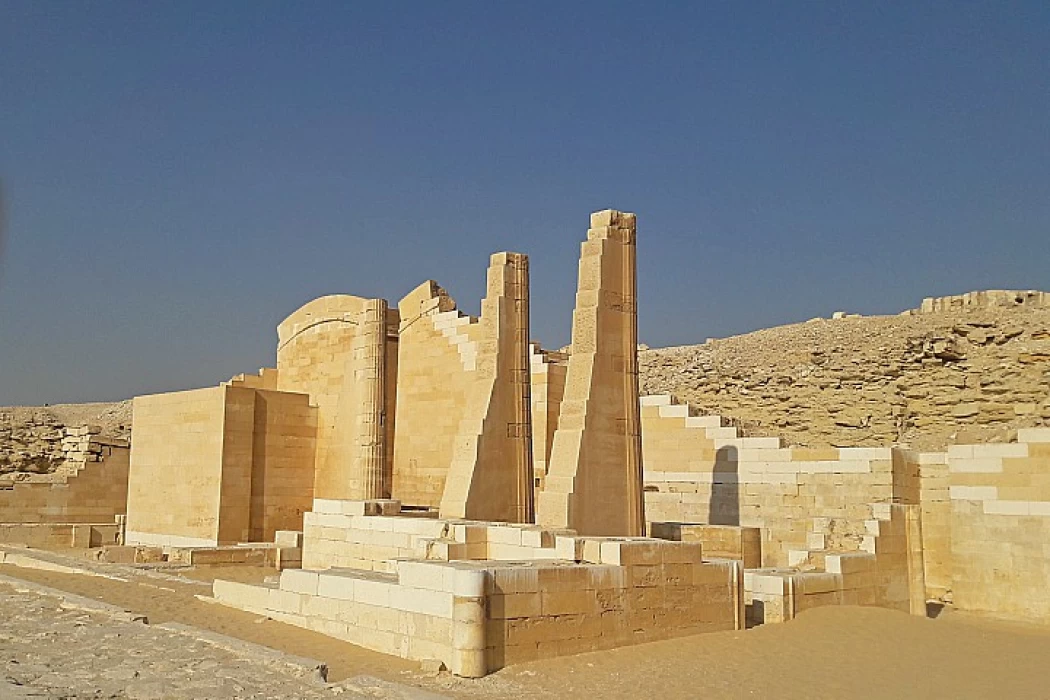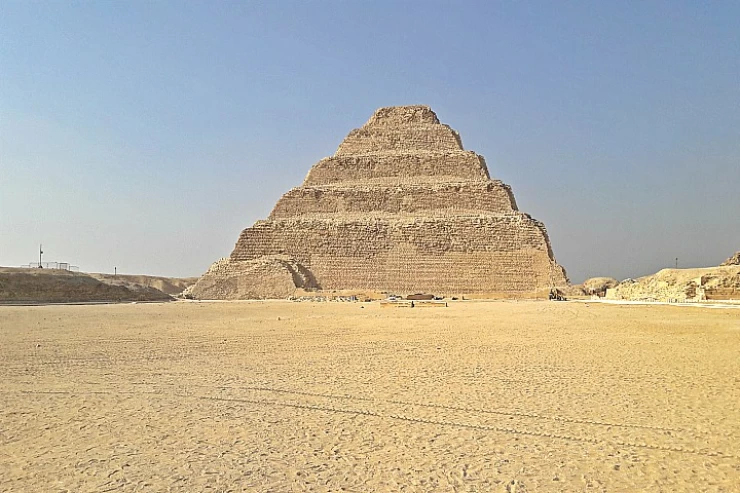
The First Jubilee Festival (Heb-Sed)
While the ancient Egyptian festivals belonged to the whole people, the “Heb-Sed” was a ritual that revolved around one main hero.... He is the king. There are those who call it the Coronation Jubilee, but the symbols associated with it refer to more than just commemorating the coronation of the king, it is about the relationship of the smaller universe (man) to the larger universe.
The term "Sed" refers to one of the incarnations of Wibwawit, a deity whose image is represented by a fox with a stick in one hand and a twisted object in front of it which is viewed as the umbilical cord or placenta of a human being. It is nkwankwo's wibwawit at the forefront of the procession that serves to clear the way for the rebirth of man, the king.
The earliest trace recording the ritual of “Heb-Sed” was found on one of the scepters of King Narmer (Mina), in which some scenes of the “Hab-Sed” ritual, and the appearance of inscriptions depicting the celebration of “Heb-Sed” continued with most of the kings of Egypt until the Ptolemaic era. King Ramses II celebrated fourteen “heb-sed” during his 67-year reign.
The “Heb-Sed” rite can be likened to the so-called (ritual death) which is also referred to as out-of-body experience in which an individual inhales so much that they leave his or her physical body, and in the other world, uses the same energy in the transfer of the astral body, and then comes back from where it met the dead people, this 'traveling' gives the individual a sort of a resurrection and rejuvenation of energies very similar to the experience of going through birth in next time, the individual does not just 'return', rather, renewal occurs - the old (physical) consciousness, which has to die and replace itself with new consciousness, which is universal consciousness.
Just like the Kua-Dale ceremonies, the Heb-sed ritual involves worshipping the ancient forces of nature and also physical activities like running. The Heb-sed also includes ceremonial dancing in an area set up for the purpose of the Heb-sed ritual, one of the most renowned of such areas being the one beside the Step Pyramid of Djoser in Saqqara.
The observance of 'Heb-Sed' took place after the thirtieth year of a king's reign and then took place every three or four years thereafter, however, some kings already had the custom, such as Queen Hatshepsut who celebrated it in the sixteenth year of her rule or King Akhenaten whose festivities took place shortly after his crowning.















